MCQ ON HUMAN EAR class 11 for NEET | HUMAN EAR class 11 | MCQ HUMAN EAR with Answer | Check the below NCERT MCQ question for class 11 Biology based on NCERT the with Answers.
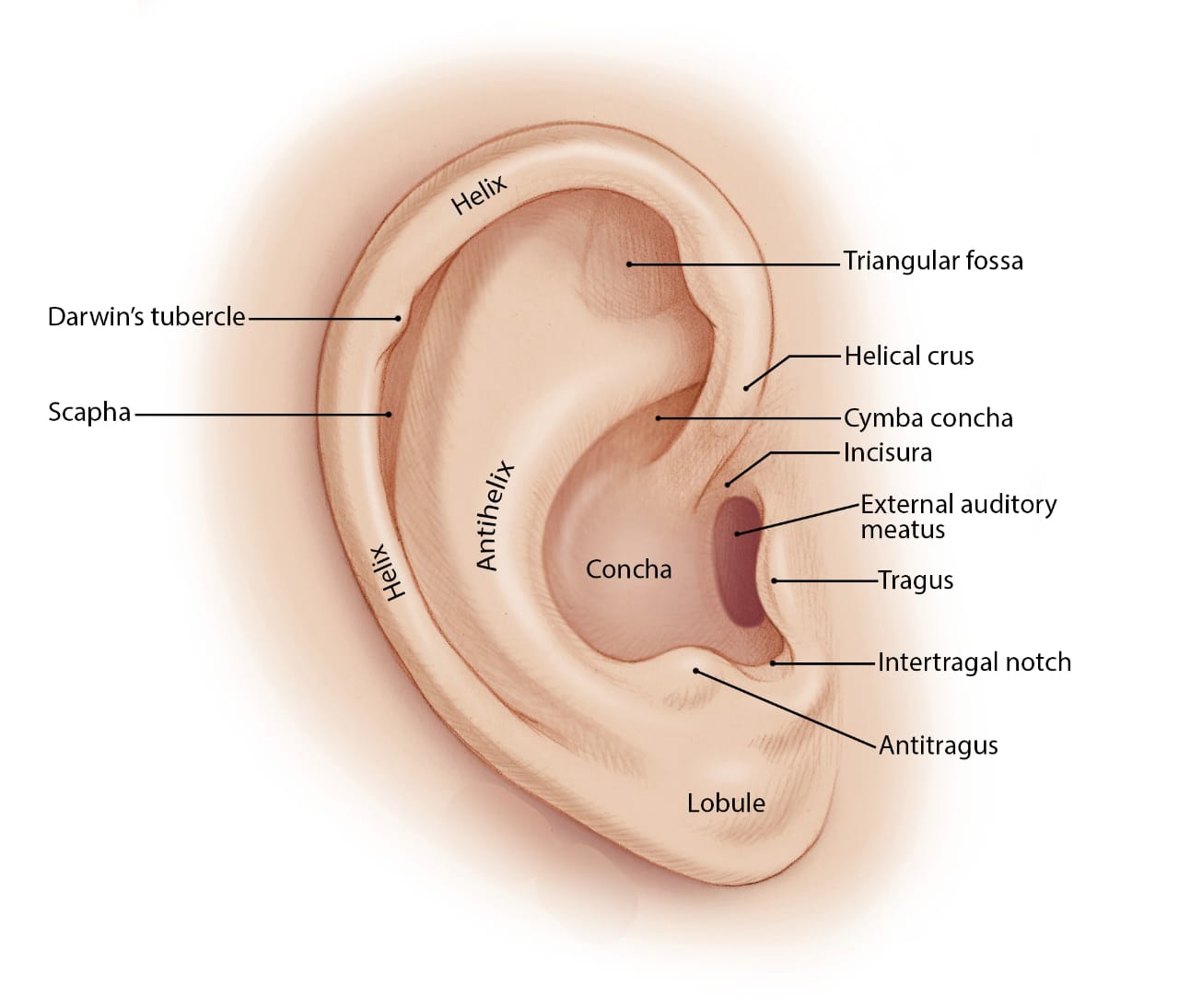
MCQ ON HUMAN EAR class 11 for NEET
MCQ on HUMAN EAR class 11 Biology with answers were prepared based on the latest pattern.We have provided class 11 Biology MCQs question with Answers to help students understand the concept very well.
MCQ ON HUMAN EAR is useful for NEET / CSIR / UGC / CBSE / ICSE / AIIMS / EXAM / AFMC EXAM / STATE LEVEL MEDICAL EXAM 2022-23 , 2023-24
INTRODUCTION:
The ear perform to sensory functions, hearing and maintenance of body balance. Anatomically the ear can be divided into three major sections called the outer ear, the middle ear and the inner ear.
The outer ear consist of the pinna and external auditory meatus canal.
The Pinna collects the vibrations in the air which produce sound.
The external auditory meatus leads inwards extends up to the tympanic membrane (the ear drum).
There are very fine hairs in wax sebaceous glands in the skin of the Pinna and the meatus.
The tympanic membrane is composed of connective tissues covered with skin outside and with mucus membrane inside.
The middle ear contains three ossicles called malleus,incus and stapes which are attached to the one another in a chain – like fashion.The malleus is attached to the tympanic membrane and the stapes is the attached to the oval window of the cochlea.
The ear ossicles increases the efficiency of transmission of sound waves to the inner ear.
MCQ ON HUMAN EAR 11 for NEET
1. The ear perform to sensory functions
(a) hearing
(b) maintenance of body balance
(c) both a and b
(d) vision
Ans (c) both a and b
2. Anatomically the ear can be divided into three major sections called
(a) outer ear
(b) middle ear
(c) inner ear
(d) all the above
Ans. (d) all the above
3. The outer ear consists of the
(a) pinna
(b) external auditory meatus
(c) both a and b
(d) stapes
Ans. (c) both a and b
4. The middle air contains three ossicles called
(a) malleus
(b) incus
(c) stapes
(d) all the above
Ans.(d) all the above
5. Which tube connects the middle year cavity with the pharynx?
(a) Eustachian tube
(b) sclera
(c) choroid
(d) oval window
Ans.(a) Eustachian tube
6. Which helps in equalising the pressure on either sides of the ear drum ?
(a) Eustachian tube
(b) cornea
(c) iris
(d) all the above
Ans.(a) Eustachian tube
7. The fluid filled inner ear called labyrinth consist of two parts
(a) the bony
(b) the membraneous labyrinths
(c) both a and b
(d) retina
Ans.(c) both a and b
8. The membraneous labyrinth is filled with a fluid called
(a) endolymph
(b) cochlea
(c) perilymph
(d) all the above
Ans.(a) endolymph
9. The coiled portion of the labyrinth is called
(a) cochlea
(b) oval window
(c) incus
(d) stapes
Ans. (a) cochlea
10. The space within cochlea called
(a) scala media
(b) cons
(c) endolymph
(d) none of the above
Ans. (a) scala media
11. The organ of Corti is found in
(a) eye
(b) tongue
(c) ear
(d) none of the above
Ans.(c) ear
12. The inner ear also contains a complex system called vestibular apparatus located above the
(a) otolith organ
(b) hair cells
(c) organ of corti
(d) cochlea
Ans . (d) cochlea
13. The saccule and utricle contain a projecting ridge called
(a) blind spot
(b) optic nerve
(c) fovea
(d) macula
Ans.(d) macula
14. The specific receptors of the vestibular apparatus responsible for maintainance of balance of the body and posture.
(a) saccule
(b) macula
(c) both a and b
(d) vestibular apparatus
Ans. (c) both a and b
15. The base of canal is swollen and is called
(a) ampulla
(b) vitreous chamber
(c) macula
(d) blind spot
Ans.(a) ampulla
ALSO READ:-
● YOU CAN WATCH BIOLOGY SIR Youtube channel
16. The organ of corti is a structure located on the basilar membrane which contains hair cells that acts as
(a) auditory receptors
(b) visual receptors
(c) both a and b
(d) blind spot
Ans.(a) auditory receptors

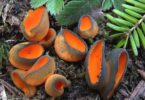

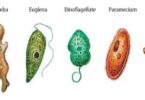

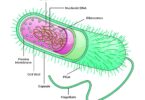
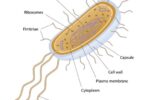
Leave a Comment